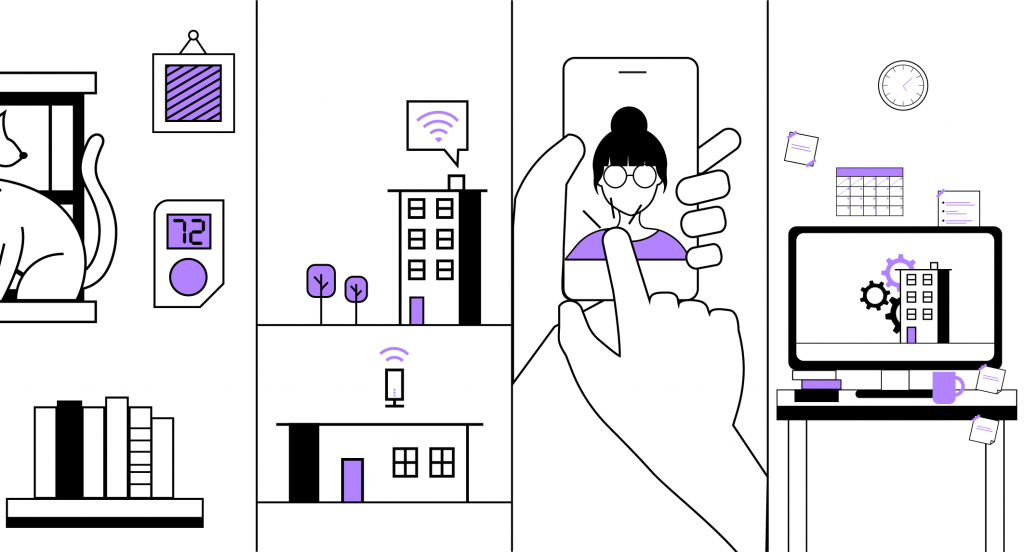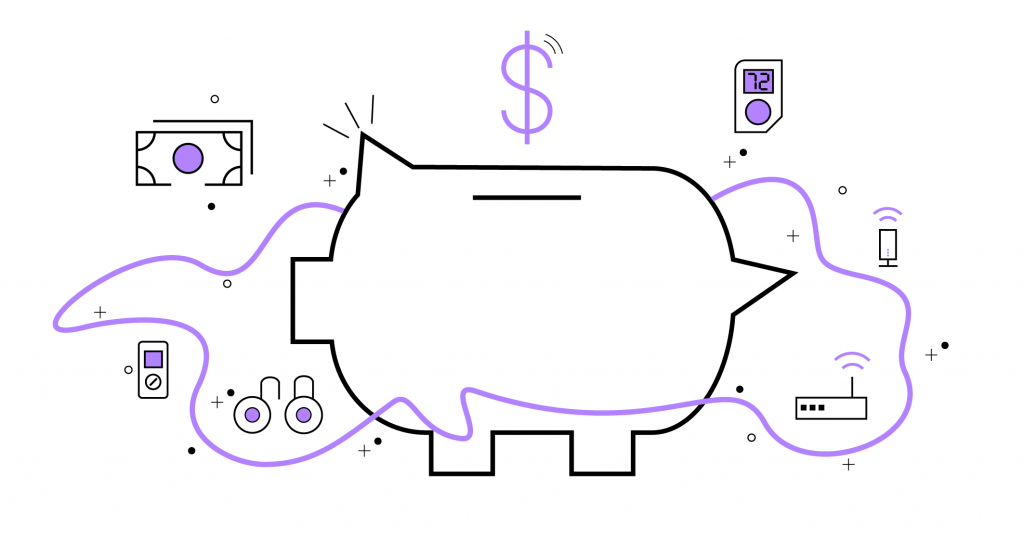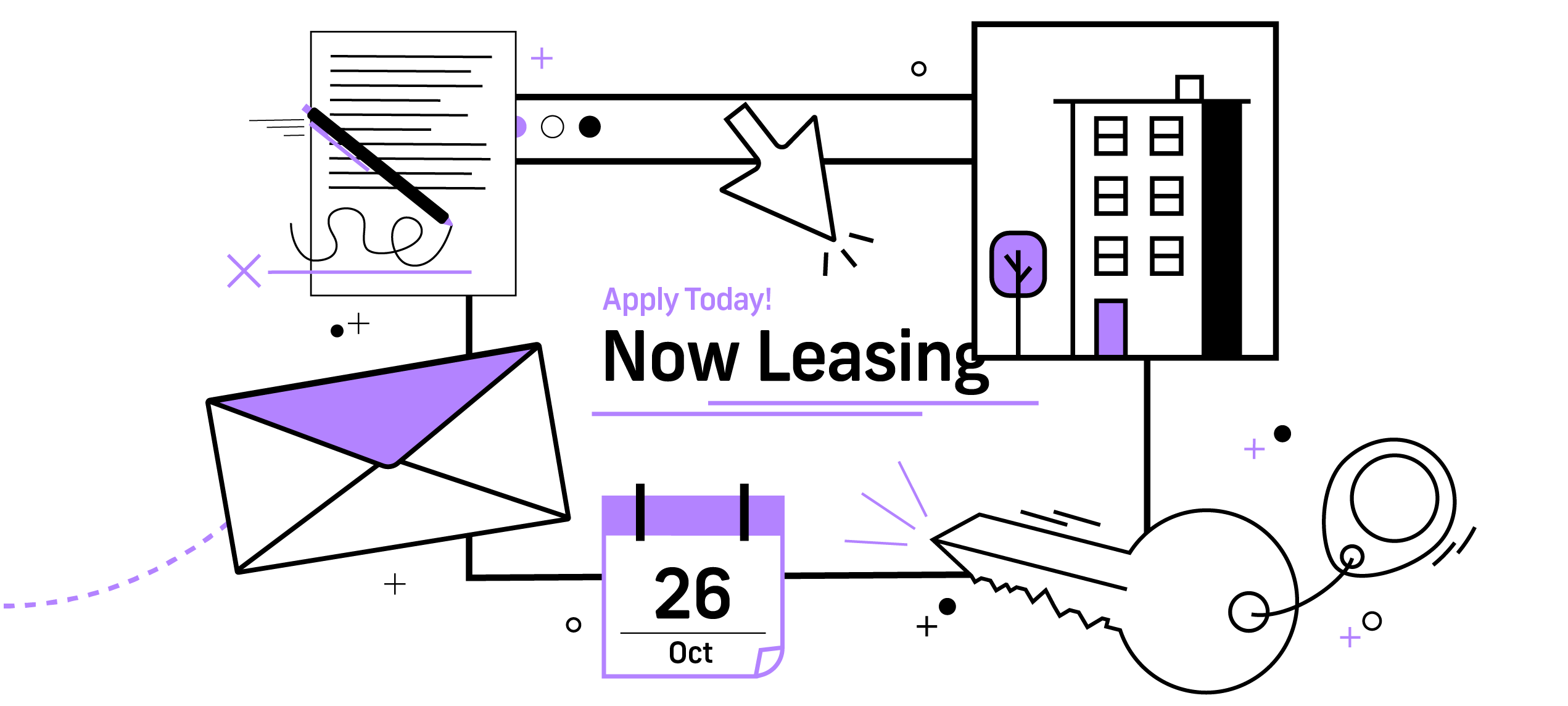Do the Future of Apartment Properties Not Have a Leasing Staff?
The future service options for leasing offices are endless. Technology has continued to progress in an incredible amount of industries across the world, and multifamily housing is no different. Property management technology, bulk WiFi solutions, smart home technology, online and on-site self services tools. The explosion of this technology has definitely lit up some thought light bulbs in the operations and resident leasing flow field. So, let’s get to the main question. How do all of these changes affect current leasing staff?

What technology goes into staffless leasing offices/communities?
To answer our ultimate question, we need to dive into what all kinds of technology goes into potential staffless leasing communities.
Bulk WiFi: This internet (and in some cases also video) service offers extremely easy service transfers with move-outs and new move-ins. Switch it off and on and the resident pays directly to the operator. Residents also don’t have to deal with the telecom companies to get hardware. Once installed by the property the first time, the WiFi is there to use. Additionally, bulk WiFi solutions usually mean property-wide service for residents and leasing staff. I should also note, all of these changes happen from a computer…from anywhere.
IoT: IoT comes in many forms on apartment properties, most of which are centered around smart thermostats and locks. But, as flashy as some of this hardware can be for residents and property staff, the real value of an IoT solution lies in its structure. With the right structure, operators are able to offer smart home technology to residents at all property levels and create a cost effective way to operate them. I should also note once again, once installed, all needed operation for leasing staff can be done virtually. IoT hardware and services also have TONS of benefits and value add for residents and operators…hint hint Quext IoT.
Digital Human Chatbots: A digital human chatbot is the one piece of technology that operators and leasing staff use to communicate directly with residents. With technology that allows operators to create unlimited custom responses to specific details about their property, residents are left with an invaluable service that answers any possible question. The best part is this digital human chatbot sits right on the homepage of a property website for residents to access from any device.
Property Management: Property Management software is where all of this new technology comes together. With a solid property management software that supports integrations to new and incoming smart technology, operators can have a great platform to manage every device residents use in their unit and around the property.
Pros and Cons of a Staffless Property
As a technology company, it’s important to look at the technological advancement being made in the industry and how it’s progressing leasing operations for the better of property management companies and residents. Additionally, it’s important to recognize some shortcomings and possible negative effects from disrupting current processes.
Pros:
-Money (the obvious): Investing in new technology can be a lofty up-front expense for some management companies, but it’s the long-term value that keeps the interest. Once implemented, operators are creating ways to bring in residual income while decreasing the amount of hand-in-hand service an in-person leasing staff need to offer residents.
-Closing the Digital Divide: We here at Quext have coined this phrase as a way to express how to create technology that’s dedicated to individuals and families who cannot regularly afford new technology for their home. This is because we believe in-home smart technology, like WiFi in many ways, is a necessity in today’s day in age. Introducing smart technology in A, B AND C properties creates opportunities for individuals to not technologically fall behind individuals and families that can afford it.
-New Opportunities for Residents: Similar to creating opportunities like closing the digital divide, introducing smart technology into apartment communities creates several ease of processes and security for families that move around much more than they used to. Creating thermostat schedules to save money, have a constant view to the status of a door lock, and move around beyond the walls of a unit and stay connected to the internet. The technology and opportunities are endless.
Cons:
-People: We will jump back into the other obvious con here. Leasing has long been a game of people. Employing individuals that are dedicated to working with and taking current and potential residents through move-in, current living and move-out processes. While technology is being created to assist in some of these roles, it’s no doubt that the traditional role of a leasing agent will change.

How do I Prepare?
Preparation is the tricky part. Sifting through options of technology solutions to see if all or parts and pieces of different tech will work best for your property. Let’s first consider some of the problems that operators face within a leasing office.
Staffing leasing offices is hard. There is always a shortage of quality leasing professionals which has seemingly become worse since the onset of COVID. Leasing offices also have a lot of predictable, mundane tasks. The process of inviting a potential renter to tour an apartment, actually touring that apartment, and getting setup with signing a lease has not changed in the past umpteen years, and it takes too much time out of leasing staff’s day. Beyond these tasks, your staff is left with less and less time to be present for current renters. Lastly, personnel costs for an apartment operator are a top operational expense today.
According to Dave Marcinkowski, Partner at Quext, “Many industries have revolutionized themselves through technology. We don’t leave our homes to get carry out – thank you DoorDash and Uber Eats. We don’t go to our nearby Blockbuster or RedBox for entertainment – thank you Netflix, Apple, Hulu. The list goes on and on. Yet, we still run apartments just like we did 40 years ago before the internet.”
The moral of the story is that the apartment industry can and will change for the better as technology continues to be introduced into everyday leasing practices.
Let’s answer some of our questions. Introducing digital human chatbots takes away some of the burden of continuously staffing leasing offices. Beyond staffing, these solutions also substitute in to take on the predictable, mundane tasks. Let potential residents go on a self guided tour and get questions answered all online. Launch and cancel already installed WiFi for renters from the click of a button. Authenticate new locks and adjust thermostats on vacant units from an online portal. Leaving these predictable tasks to technology opens up an incredible amount of doors for leasing staff.
This now leads to the question any reader is asking if you’ve made it this far into the article. With all this new technology, what happens to the actual people within a leasing staff? In my opinion, nothing. Leasing professionals still offer a very valuable resource to an apartment community. Transition those predictable, mundane tasks to technology solutions, and now those staff people have all kinds of new time to dedicate towards making their apartment community a true community.
So, where do you go from here. The best next step is conversation. New technology is popping up and the best way to learn about how that technology can prepare your properties for the future is to talk about it with some technology professionals. We here at Quext have a few of those professionals sitting around our office. Drop a line or fill out a “Contact Us” form to start the conversation. We promise you won’t regret it.


